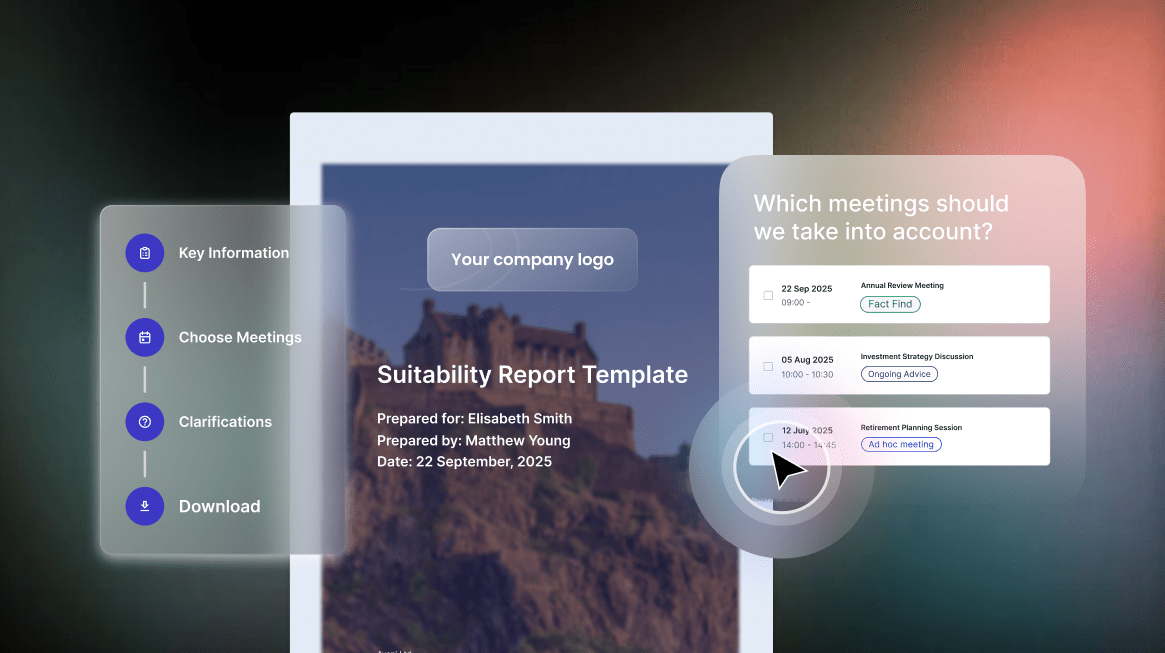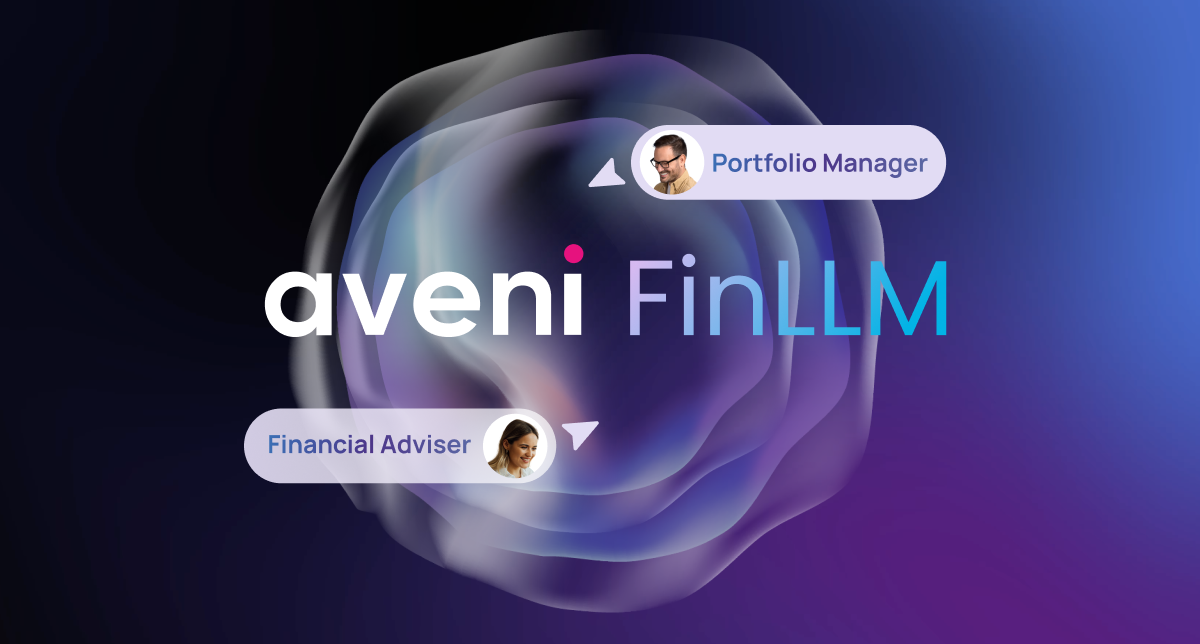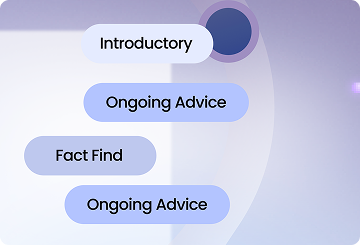Five Practical Steps for Successful AI Implementation in Financial Advice Firms
Artificial intelligence is becoming more common across financial services. But while many advice firms are aware of its potential, getting started can still feel daunting. The main challenge isn’t usually about recognising the value of AI. It’s knowing how to begin in a way that delivers results and avoids unnecessary cost or disruption.
Research from Harvard Business Review shows that as many as 85% of AI projects fail to meet expectations. One of the biggest reasons for this is a lack of planning and clarity about the purpose of the project. To avoid that outcome, the following five steps can help you build a strong foundation for AI implementation in financial advice firms.
1. Start with a Business Goal
It is important to begin with a clear objective. AI should be introduced with a specific outcome in mind. This might include reducing the time advisers spend on administrative work, improving the accuracy of compliance file reviews, or enabling the quality assurance (QA) team to assess more cases efficiently.
A well-defined goal could be something like reducing meeting admin time by 40% or automating 80% of pre-execution file checks. These are measurable outcomes that make it easier to assess whether the technology is having the desired impact.
As BCG notes, organisations that focus AI efforts on clear, value-based outcomes are more likely to see a return on investment. The first step should always be to identify the areas where AI can make a meaningful difference.
🡒 For further guidance on choosing AI projects with a purpose, see Aveni’s guide to strategic AI planning.
2. Prepare Your Data
No AI system will function effectively without good data. If records are missing, stored in different systems, or inconsistent in format, the quality of output will suffer. This applies to client records, advice documentation, audio from meetings, and compliance logs.
A review of your current data sources is a useful place to begin. Are client notes stored in a structured way? Can files be accessed across different platforms? Are call recordings properly labelled and stored?
A recent study by Qlik found that 81% of companies face issues with data quality when using AI. Without action to address this, insights generated by AI are likely to be unreliable.
You do not need a huge dataset to get started. A small and well-organised sample is enough to run an initial project. What matters is consistency, structure, and accessibility.
🡒 Read more on the importance of complete datasets in Aveni’s blog on quality assurance automation.
3. Focus on One Use Case First
A common reason AI projects underperform is because they try to do too much at once. Starting with one specific use case makes it easier to measure results, reduce disruption, and build support across your firm.
Here are three proven use cases for advice firms:
-
Meeting summaries
AI tools can transcribe and summarise client meetings. They save time, reduce manual note-taking, and ensure key points are documented. -
Compliance file checks
AI can review advice documentation to identify missing disclosures, suitability risks, or other issues before the file is signed off. This helps catch problems earlier and reduces the burden on compliance teams. -
Quality assurance support
With AI, 100% of adviser calls can be reviewed instead of random sampling. It can highlight vulnerable customers, signs of poor conduct, or file patterns that suggest a need for further investigation.
In one example shared by Aveni, AI-supported QA reduced manual review workload by up to 83%.
A three-month pilot project is usually a good place to begin. Set clear benchmarks, such as reduction in admin time or increase in review coverage. Use these results to inform your next steps.
4. Involve the Right People
Successful AI projects are supported by the people who use them. If advisers or compliance staff do not trust or understand how the tools work, adoption will be slow. If leadership is unsure of the value, investment will be limited.
The best approach is to involve users early. Let advisers try the tools and offer feedback. Explain how the technology fits into their current workflows and the benefits it brings to their day-to-day work.
McKinsey found that lack of collaboration between teams contributes to more than 60% of AI failures. Open communication and clear expectations are essential.
🡒 Learn how to integrate AI into adviser workflows in Aveni’s article on improving advice delivery.
5. Monitor Progress and Expand Gradually
Once a pilot has been launched, tracking results is essential. Review performance against the benchmarks you set at the start. Useful indicators might include:
-
Time saved per adviser
-
Accuracy improvements in file reviews
-
Increased QA coverage or faster assessments
-
Adviser and compliance feedback
If the AI is not delivering as expected, adjust the setup or refine the data inputs. Share outcomes with leadership and teams involved so everyone is aligned on the next steps.
Firms that succeed with AI typically scale slowly, building on what has worked. This could mean applying the same technology to new teams, or tackling a different workflow that presents similar challenges.
Final Word
AI is already improving how advice firms operate. Those that start with a clear purpose, good data, and strong internal support are seeing meaningful improvements in efficiency and compliance. With a practical first use case and a willingness to learn as you go, AI can become a valuable part of your firm’s operations.
FAQ: AI Implementation in Financial Advice Firms
Where should a financial advice firm begin with AI?
Start by identifying a single business goal. This could be reducing time spent on meeting administration, or increasing the coverage of QA reviews. From there, choose one pilot project and evaluate the results before expanding.
How can AI help financial advisers?
AI can take over repetitive tasks like meeting summaries, compliance checks, or document reviews. This allows advisers to spend more time with clients and less time on paperwork.
Do small firms have enough data for AI to work?
Yes. A large dataset is not required. What matters is that the data is structured, accurate, and accessible. Even small firms can benefit from AI tools if the inputs are reliable.
Will AI replace the role of the adviser?
No. AI is designed to support human expertise, not replace it. Advisers still play a key role in building relationships, understanding client needs, and applying judgement.






